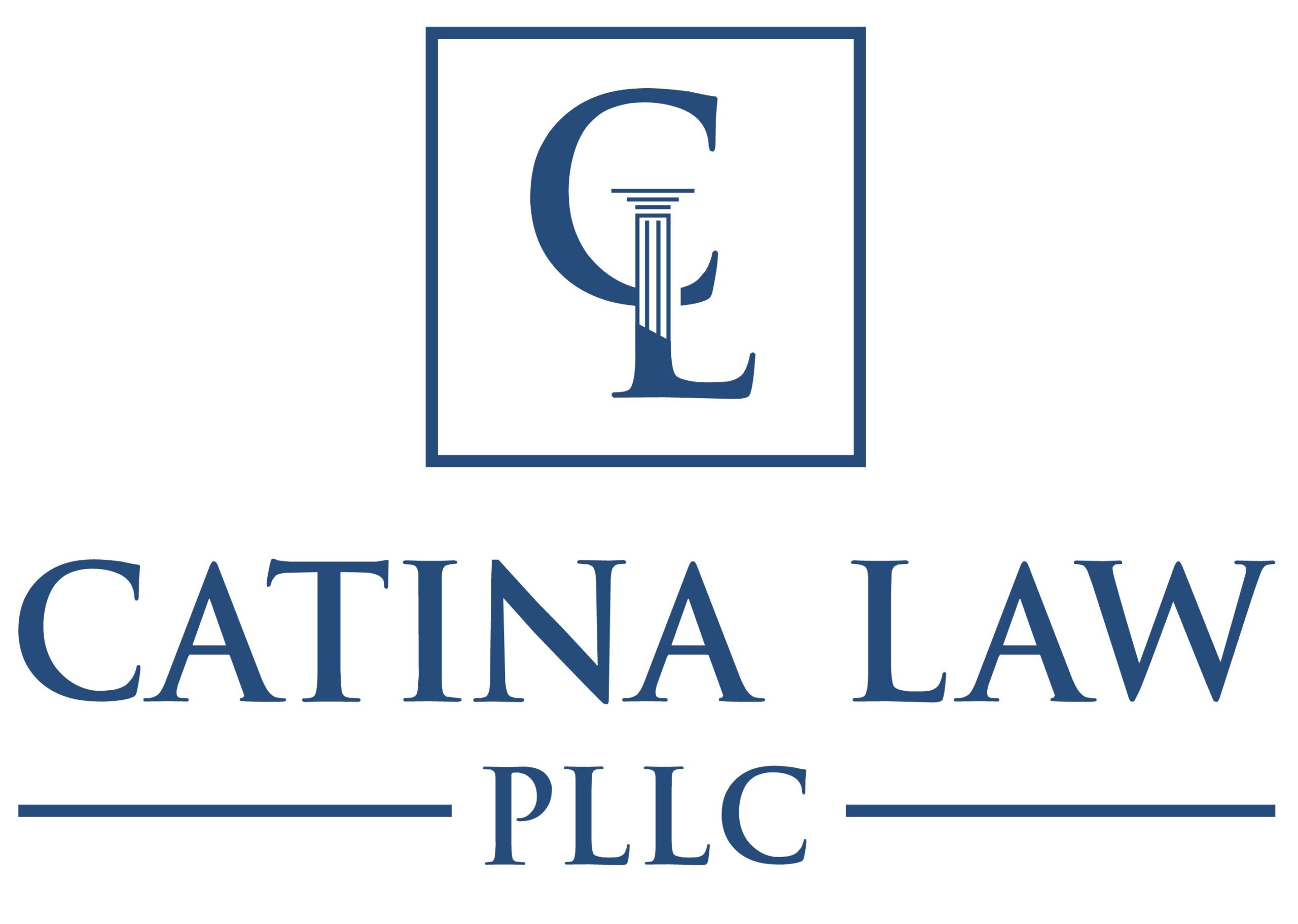Intellectual property (IP) is a crucial aspect of our modern, knowledge-driven economy. It encompasses a variety of legal rights that protect creations of the mind. Among the most common forms of intellectual property are copyright, trademark, and patents. In this blog post, we will delve into the key differences between these three forms of IP and what each one protects.
Copyright
Copyright is a legal protection granted to original literary, artistic, and intellectual works, fixed in a tangible medium of expression. This means that once you create a work, such as a book, music, art, or software, it is automatically protected by copyright the moment it is created and fixed in a physical or digital form. Copyright gives the creator the exclusive right to reproduce, distribute, perform, and display their work. It typically lasts for the life of the creator plus 70 years.
What Copyright Protects:
- Literary works: Books, articles, poems, and other written content.
- Artistic works: Paintings, drawings, sculptures, and photographs.
- Musical works: Songs, compositions, and arrangements.
- Software: Code, algorithms, and computer programs.
- Dramatic works: Plays, scripts, and choreography.
- Films and audiovisual works: Movies, videos, and animations.
Although registration with the United States Copyright Office is not required to secure protection, it does provide a number of benefits, according to the US Patent and Trademark Office’s web site:
- Registration establishes a public record of the copyright claim.
- Registration is necessary before an infringement suit may be filed in court (for works of U.S. origin).
- If made before or within 5 years of publication, registration establishes prima facie evidence in court of the validity of the copyright and of the facts stated in the registration certificate.
- If registration is made within 3 months after first publication of the work or prior to an infringement of the work, statutory damages and attorney’s fees will be available to the copyright owner in court actions. Otherwise, only an award of actual damages and profits is available to the copyright owner.
- Registration allows the owner of the copyright to record the registration with the U.S. Customs Service for protection against the importation of infringing copies.
To register a claim to copyright with the U.S. Copyright Office, the claimant must: (1) submit a properly completed application; (2) pay a nonrefundable fee; and (3) deposit the required number of copies of the works to be registered. See http://www.uspto.gov. For more information on how to register a copyright, you can visit www.uspto.gov.
Trademark
A trademark is a symbol, word, phrase, or logo that distinguishes and identifies the source of goods or services in the marketplace. Trademarks are essential for branding and ensuring that consumers can identify and trust a particular product or service. Unlike copyright, trademarks must be registered with the relevant government agency, such as the United States Patent and Trademark Office (USPTO) in the United States. Once registered, trademark owners have the exclusive right to use their mark in connection with specific goods or services.
What Trademarks Protect:
- Brand names: Company names, product names, and slogans.
- Logos and symbols: Recognizable symbols or icons.
- Product packaging: Distinctive packaging designs.
- Service marks: Used to identify and distinguish services rather than physical products.
- Trade dress: The overall visual appearance of a product or its packaging.
- Certification marks: Indicates that a product or service meets certain standards or qualifications.
Patents
Patents are intellectual property rights granted to inventors for new, useful, and non-obvious inventions or discoveries. Patents give inventors the exclusive right to make, use, sell, and license their inventions for a specific period, typically 20 years from the date of filing the patent application. To obtain a patent, an inventor must disclose their invention in detail to the public, contributing to the pool of human knowledge.
What Patents Protect:
- Utility patents: Cover processes, machines, articles of manufacture, or compositions of matter.
- Design patents: Protect the ornamental design or appearance of a functional item.
- Plant patents: Granted for the invention or discovery of a new and distinct plant variety.
Conclusion
In summary, copyright, trademark, and patents are distinct forms of intellectual property protection that serve different purposes. Copyright safeguards original creative works, trademarks protect brands and product identities, and patents grant exclusive rights to inventors for their innovations. Understanding these differences is essential for creators, entrepreneurs, and businesses to navigate the complex landscape of intellectual property and protect their valuable creations and innovations in the modern world.
Disclaimer: The information contained in this post is not, nor is it intended to be, legal advice. You should consult an attorney for advice regarding your individual situation. We invite you to contact us and welcome your calls and communications. Contacting us, however, does not create an attorney-client relationship.

